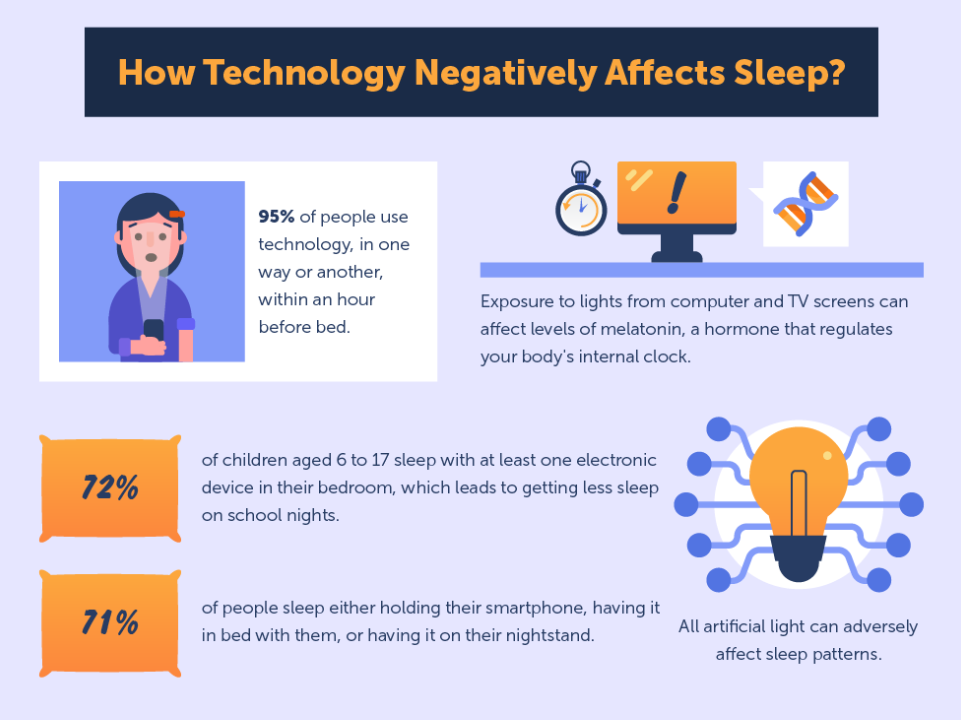To sleep, perchance to dream – ay, there’s the rub…

Struggling to get to sleep before the first day of a new term, nodding off in the middle of a lesson because of another late night revision session, snoring loudly on a coach full of your peers on the way back from a school trip, doing that embarrassing swaying neck jolt thing in the end of term assembly because you are so tired… We’ve all been there. Sometimes we can’t sleep when we want to and sometimes we can’t stop ourselves when we shouldn’t… and let’s not even think about that all-too humiliating chin dribble that we hope no one notices!
Life is tiring and we all know that our obsession with our devices doesn’t help. The smartphones, watches and laptops that linger in our bedrooms have long been blamed for our irregular/unhealthy sleep patterns. But they’re not going anywhere and we’re not here to tell you that you need to have a healthy break from your devices each night – you know this already. Instead, let’s start to look at things from the other side of the tech coin.
What if ingenious use of technology could become the solution to our sleep woes?
In her recent article ‘How to Sleep Well with Technology’, Mira Rakicevic highlights the many sleep-related issues both children and adults grapple with and gives an insight into the way new technology products are alleviating them. From light therapy to smart pillows, innovators the world over are changing the way we think about the relationship between sleep and technology – and you could be one of them.
Snoring: Luckily, I sleep like a graceful butterfly resting on a delicate leaf… except when I’m snoring like a foghorn. 10% of 17 -29-year-olds share this problem, with up to 45% of all adults snoring occasionally. Head bands that use sensors to help people ‘learn’ to sleep better and masks that change the sleeper’s position are two of the new innovations Rakicevic mentions.
Sleep Apnea: This condition interrupts people’s breathing while they sleep, making it both uncomfortable and dangerous. Innovations that affect sleeping positions and use gentle pressure on the airways can help.
Nightmares: Most of us can recall a sleep-shattering nightmare at some point in our lives. In fact, 50% of young children suffer from them, making nightimes difficult both for them and their worried parents. How great is it that smart pillows and smart pyjamas (that control body temperature) have been designed to ease the problem?
Bruxism: Around 15% of children and 10% of adults grind or clench their teeth in their sleep, and most people don’t even know they are doing it. This condition can lead to muscle pain, cracked teeth and nerve damage, so it’s comforting to know that there are innovative technologies that can help, including a teeth grinding detector and sleep guard.
Insomnia: With 30 to 35% of adults struggling to fall asleep and/or to stay asleep for a healthy amount of time, therapy innovations that analyse sleep patterns and devices that eliminate certain light waves are proving life-changing for many people.
So, the next time you have to comfort your little brother because a hairy slime ball invaded his dreams, or you giggle as you hear Uncle Roger’s earth-shattering snoring resounding around the campsite from the tent next door, or you have to politely tell your mate that they have actually dribbled on your pristine new note book when they fell asleep at the desk right next to you, think about how your love of technology could actually make the world a quieter, healthier place for everyone.
Or, even better, imagine inventing these technologies! Studies in subjects like design technology, computing and engineering will put you in good stead. ?
Now, where is my fleecy, anti-snore reindeer onesie?

